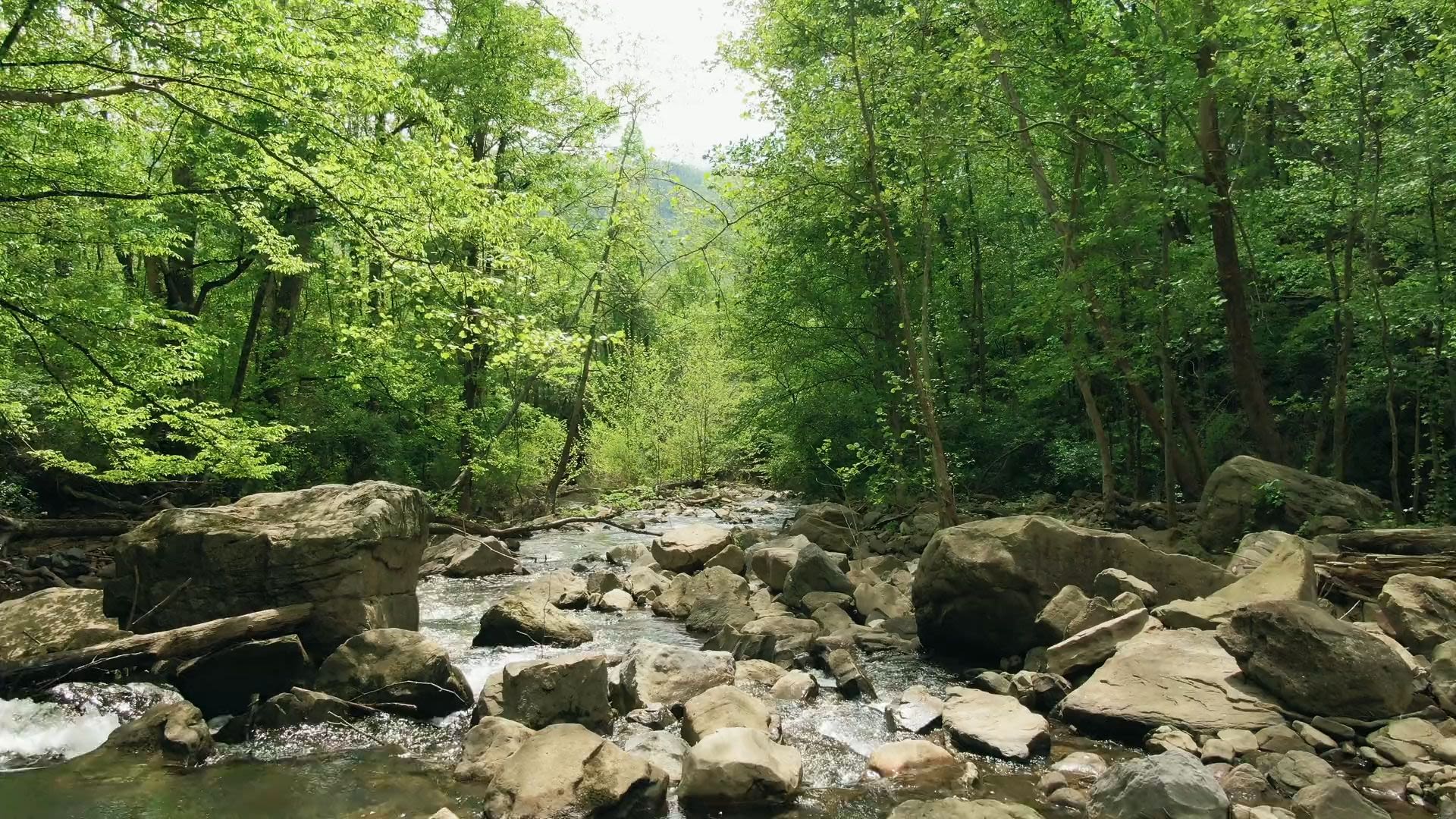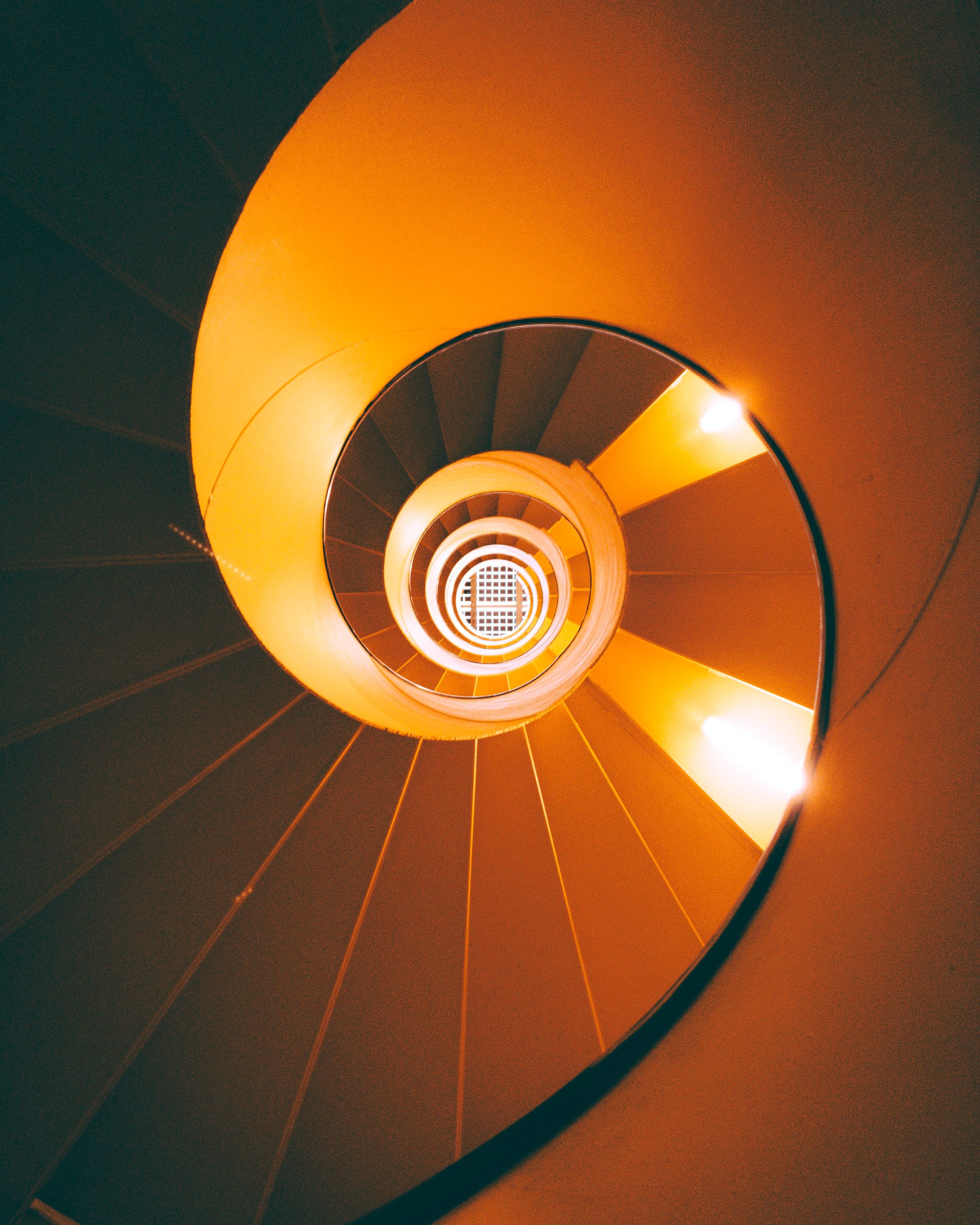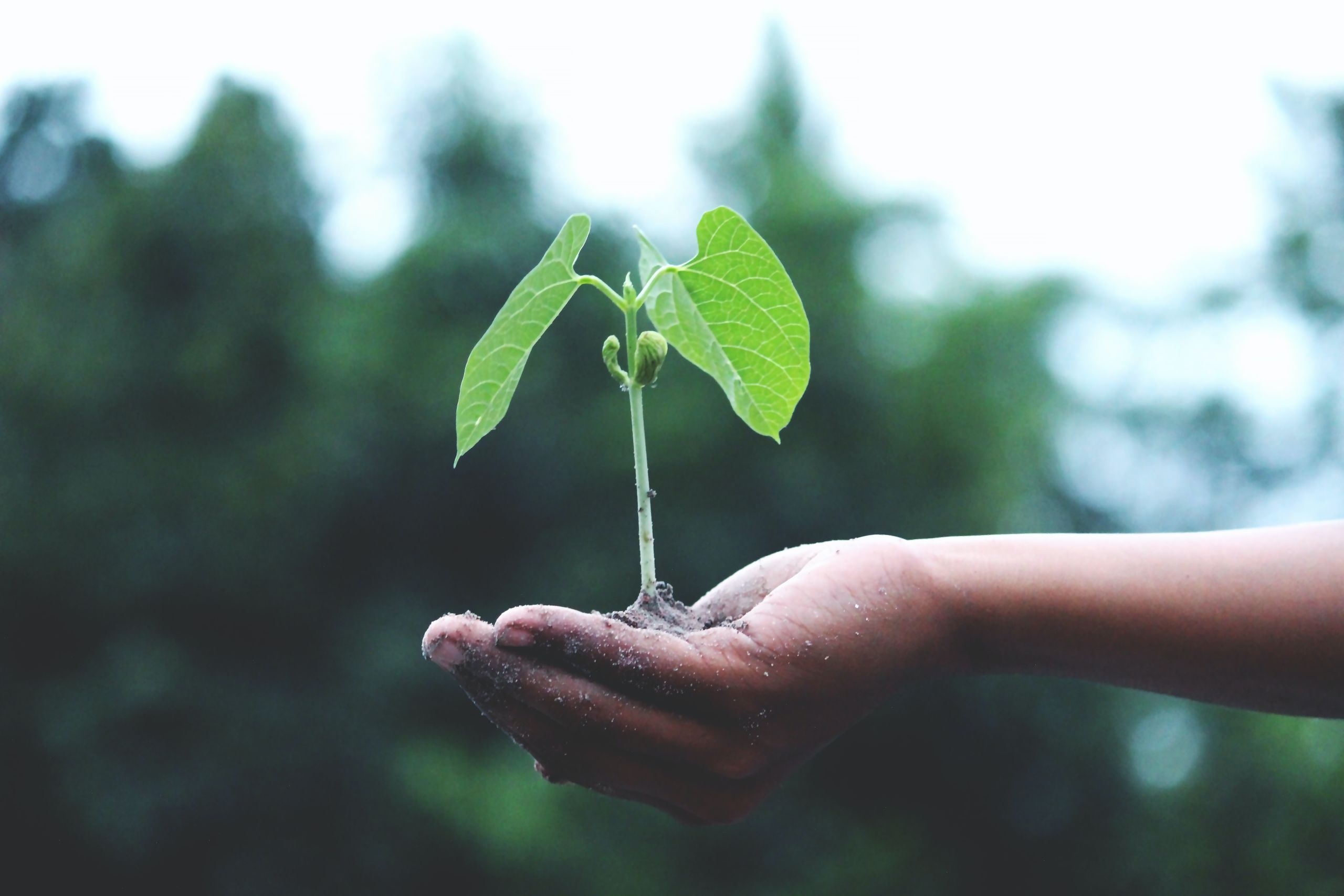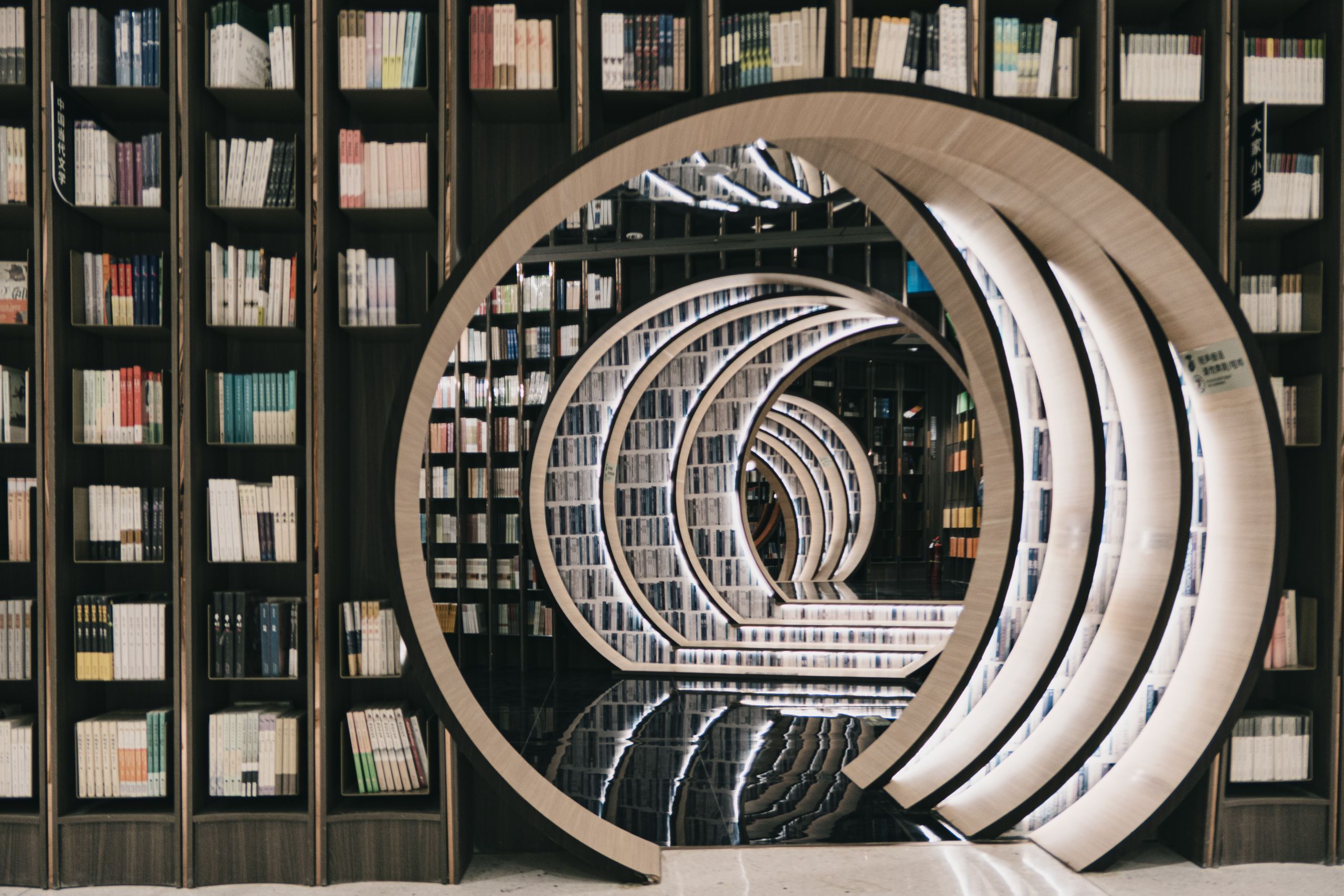Sustainability
ZAS118 | Module 10 | Circular Design

Recap and Introduction
In this unit so far we have examined the 6 transformations necessary to reach a just and fair world and one in which we exist comfortably within planetary limits by 2050. Because ZAS118 Sustainability is an industry facing unit that sits within the University College Associate Degree Program, your assessment tasks have focussed on understanding the sustainability issues of consumable products that rely on natural resources for their production. You have examined production or processing in both developed and developing countries. The types of products and their associated sustainability issues that you have investigated, have mostly been elements of the linear economy which has evolved since at least the industrial revolution commencing around 1760.
Last week we looked at how the term ‘linear economy’ is a relatively new one, having emerged to describe the prevailing global economy that is based on take, make and waste. In this economy the product design approach relies on the extraction of new natural resources and the production process is just one step in a supply chain where value is created along the chain, but then has little to no value at the end of it, after it has been used or consumed.
There is now a growing awareness and indeed acceptance in some countries, that the linear economy has reached its limits and the circular economy has been presented as a preferred and viable alternative (Sariatli 2017; Charter 2018; EU COMMISSION, 2020). Therefore, as we head toward the latter part of ZAS118, we will investigate the concept of circular economies and the circular design of products. This ties our unit together in that circularity as a means of decoupling is necessary to supporting the transformations promoted by Sachs et al. (2019) so that we accelerate progress toward achieving the Sustainable Development Goal targets.
See below a simple graphical depiction of the difference between the linear and circular economies, note how in this example the resources and the resulting product are considered as a combination of technical and natural nutrients. There are many different terms being introduced in the field of circular economy and design, so make sure if you use one like this in your assessment task 3 that you can define the way the terms are being used. There remains a lack of agreed definitions for the terms being employed in the circularity discourse (Charter, 2018), because it is a new and rapidly moving field, but circular economy is very broad as is the term linear economy.
EcoDesign Circle (2018)
EcoDesign Circle (2018)
Circular economies ensure optimal value creation from the primary or natural resource. Further, it seeks to ensure the value is maintained through-out each phase in the supply chain. This makes it more of a value chain than a supply chain, where the product remains in the economy, and is used in some other productive way.

Circular Design
Circular design is a more specific term in that design is tangibly purposeful. According to Sariatli (2017), circular design is intended to achieve 2 things:
- Reduce the demand on natural resources by keeping products in use for longer and thereby protect the pool of natural resources,
- Improve the efficiency of natural resource use to sustain the needs of future generations.
Business large and small are driving the research and development for products that will populate the circular economy. According to Business Beyond Borders (2018), redesigning plastic creation, consumption and reuse could amount to profits of around 55 Billion Dollars US by 2030. They have described 16 principles to enabling this type of circular design.
Sixteen principles to circular design as described by Business Beyond Borders (Greater Houston Partnership, 2018).
Sixteen principles to circular design as described by Business Beyond Borders (Greater Houston Partnership, 2018).
How is it different to recycling?
Due to the lack of agreed definitions for circular economy it is sometimes interpreted as just recycling. Indeed, the premise for the circular economy started around the 1980s but escalated in the 2000s through continual refinement of the recycling movement. In 2004 the 3R Initiative was agreed upon formally at the G8 Sea Island Summit. The need to Recycle, Reuse and Regenerate have been widely recognised since. At the 2008 G8 meeting Japan, who proposed the 2004 3R agreement, went further to recommend an Action Plan for Global Zero Waste Societies which they had implemented domestically. Essentially, circular design sets out continuous product value where traditional recycling deals with waste, in the former waste is designed out from the outset.
Circular Design in Japan
Since 2008 Japan has continued on its circular economy pathway and is considered well advanced in its progress. It has a number of recycling laws enshrined in legislation including the Home Appliance Recycling Law. The law sets out that consumers are not allowed to dispose of their own home appliances, but rather the company from which they purchased the product is responsible for its collection and waste management. This policy instrument is intended to encourage companies to invest in products that can be repaired, upgraded and recycled. Please go the Panasonic website to see how this government policy is working:
Circular Design in the EU
One of the key reasons that some countries are embracing a circular economy is that it will alleviate their dependence on primary resources that are becoming scarce, and this threatens their national security (EU Commission). The EU has set out that it needs to exceed the goals of the 3Rs to include regeneration and restoration of natural systems, such that they can continue to provide us with natural resources.
Another reason that the profile of circularity is increasing, is because mass customisation is now possible with technological advancements such as the internet of things, artificial intelligence, sensors and sensor networks, and the big data they generate, 3D Printing and robotics. The EU asserts that collectively new tech will enable circularity that will bring about dematerialisation of their economy. According to modelled forecasts, circularity is expected to increase EU GDP by 0.5% by 2030 with an additional 700 000 new jobs (EU Commission).
To read more about the EU’s Action Plan for a circular economy go here.
Circular Design in Tasmania
In other regions circular design is being applied to renewables which is feasible considering renewables are essentially renewed within Earths natural biogeochemical cycles. Pumped hydro is an example of this kind of circular design interpretation.
Pumped-storage hydropower can supply energy by using excess wind and solar power (during low demand periods) to pump water and store it for release during high demand periods. The released water generates hydroelectricity as a clean source of energy. Old mine sites are expected to be used for infrastructure around the country. This method of energy generation is considered a circular design because it:
- Recycles water
- Reuses old mine sites
- Regenerates and refines a process, and
- Reduces environmental impacts and may improve environmental values in wetlands and waterways.
To find out more about Tasmania’s progress toward pumped hydro go here.
The Gordon River Dam (Tasmania.com, 2021)
The Gordon River Dam (Tasmania.com, 2021)
What will the circular economy look like for industry?
To support the development of circular design, many other business opportunities will be created. Charter (2018) describes that in the Circular Economy:
There will be continued growth in places and spaces to enable collaboration in making (makerspaces), modifying (hackerspaces) and fixing (repair cafes). Community and self repair of products will be increasingly enabled by collaboration, online video content and 3D Printing, using open access data design files and spare parts. Industry 4.0 enabling technologies will move from discussion into application and will enable product life extension through smarter maintenance via embedded sensors and increased disassembly, repair and remanufacturing through new types of robots. The precise vision for 2030 and 2050 is unclear, but it is clear that CE has a role to play in a more sustainable future.”

Conclusion
Circularity is an overarching term that alludes to the similarity of circular economy, reflecting the circular nature of Earth’s biogeochemical cycles that make and maintain natural resources that human use. Circular economy, although somewhat loosely applied, is a term used to describe a flow of materials derived from natural resources in which their value is maintained or improved, and although the materials may change their form, their value is not lost or wasted. Circular design is the process of conceiving and making products that retain their value and improve the natural resource base in the process. Circularity will be key to accelerating progress toward achieving the Sustainable Development Goals and staying comfortably within planetary limits.
Compulsory Task
The compulsory tasks for this module is to read the article “Linear Economy versus Circular Economy: A Comparative and Analyser Study For Optimization of Economy for Sustainability” by Sariatli 2017. Reading this paper will enable you to address the requirements for Assessment Task 3. Go to this website and click on the PDF button.
You should also start looking for your example of circular design for AT3. One of the best resources for this is the Ellen MacArthur Foundation. Go to this website and start by listening to the 1 minute podcast. Then go through the website and find some examples.

References
Business Beyond Borders. (2018). Greater Houston Partnership. Retrieved April 29, 2021, from https://www.houston.org/events/business-beyond-borders-circular-economy
Charter, M. (Ed.). (2018). Designing for the Circular Economy. Routledge.
Eco Design. (2018). The three Rs. Retrieved September 6, 2021, from https://sustainabilityguide.eu/sustainability/circular-economy/
G8 Environment Ministers Meeting. (2008). G8 Kobe 3R Action Plan. Retrieved from http://www.env.go.jp/recycle/3r/en/g8_0805/03.pdf
Hydro Tasmania. (2020). Pumped hydro Lake Cethana. Retrieved September 6, 2021, from https://www.hydro.com.au/clean-energy/battery-of-the-nation/pumped-hydro/pumped-hydro-faq
Sachs, J. D., Schmidt-Traub, G., Mazzucato, M., Messner, D., Nakicenovic, N., & Rockström, J. (2019). Six transformations to achieve the Sustainable Development Goals. Nature Sustainability, 2(9), 805–814. https://doi.org/10.1038/s41893-019-0352-9
Sariatli, F. (2017). Linear economy versus circular economy: A comparative and analyzer study for optimization of economy for sustainability. Visegrad Journal on Bioeconomy and Sustainable Development, 6(1), 31–34.
Tasmania.com. (n.d.). Gorgon River Dam image. Retrieved September 6, 2021, from https://tasmania.com/points-of-interest/gordon-river-dam/


